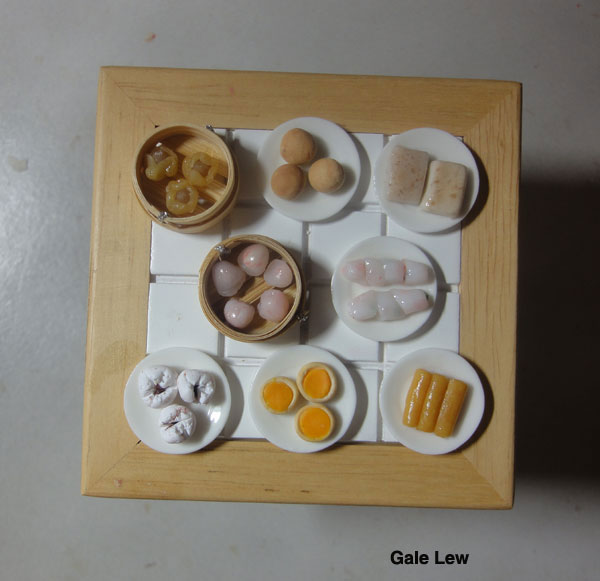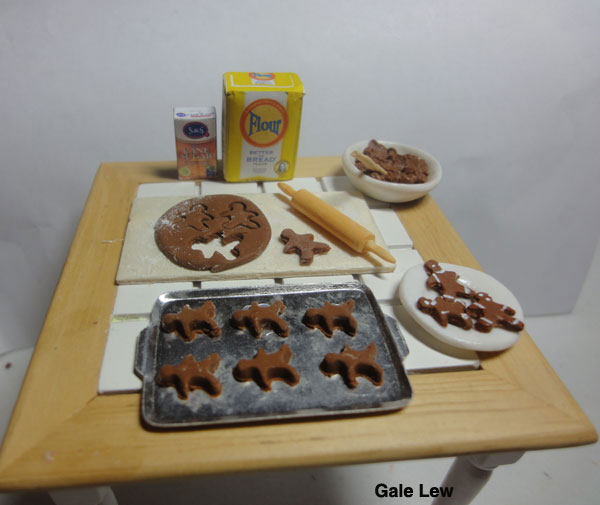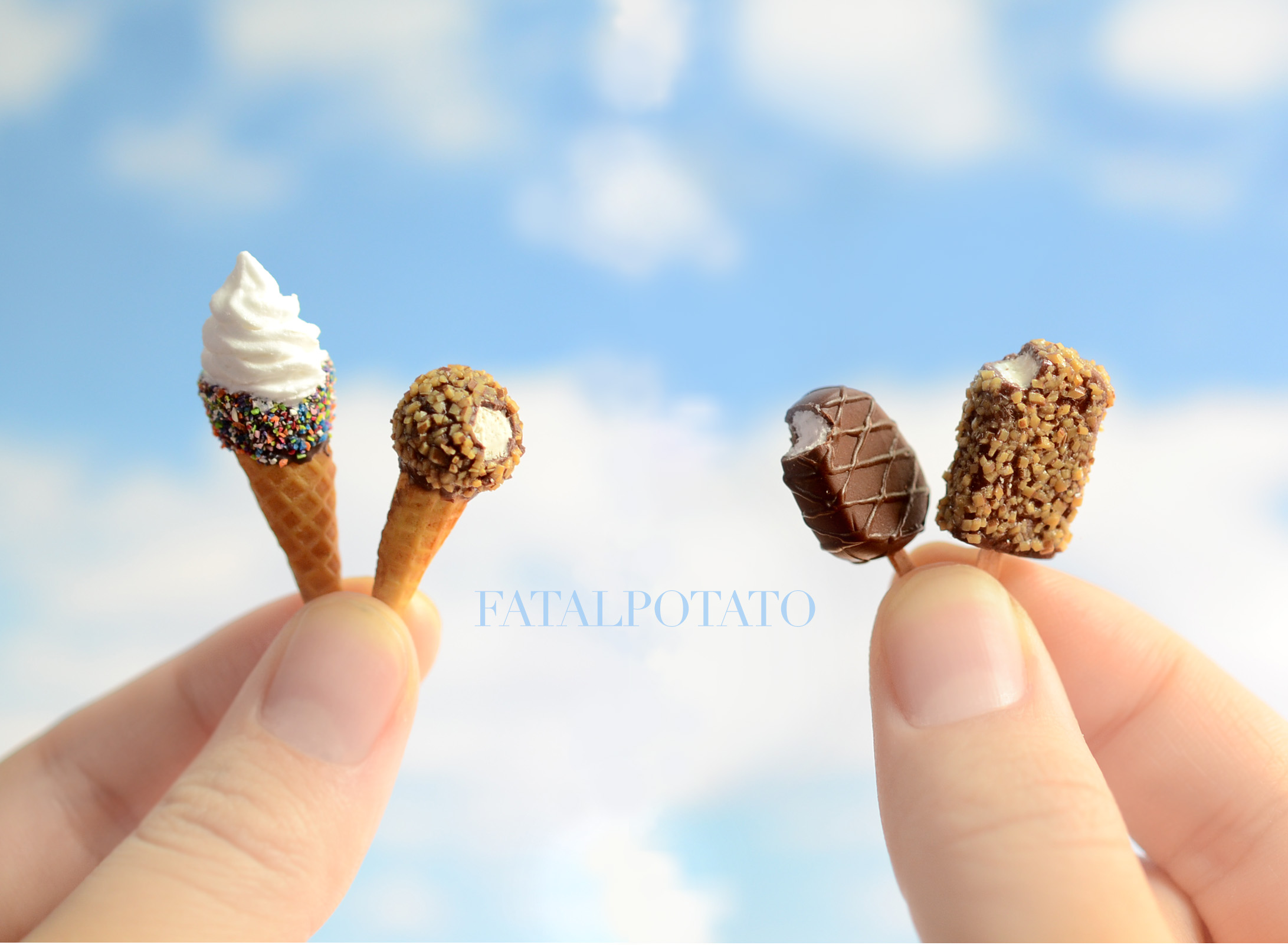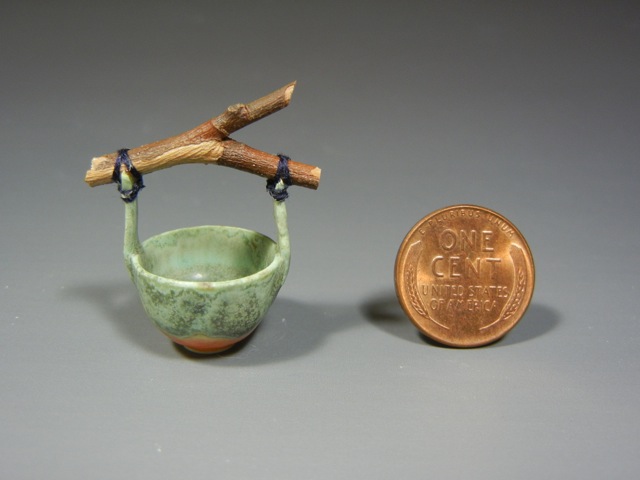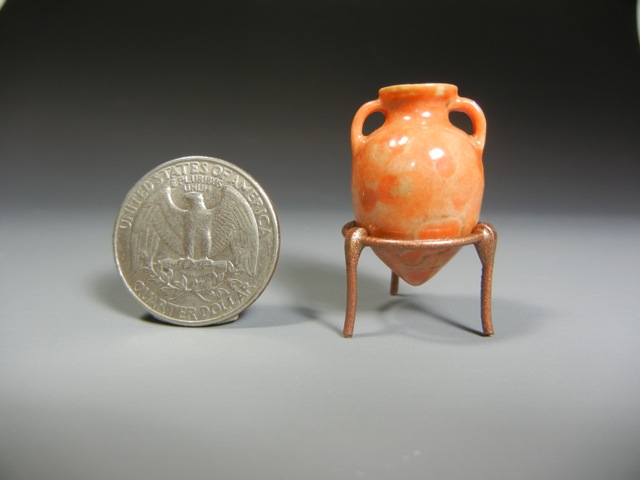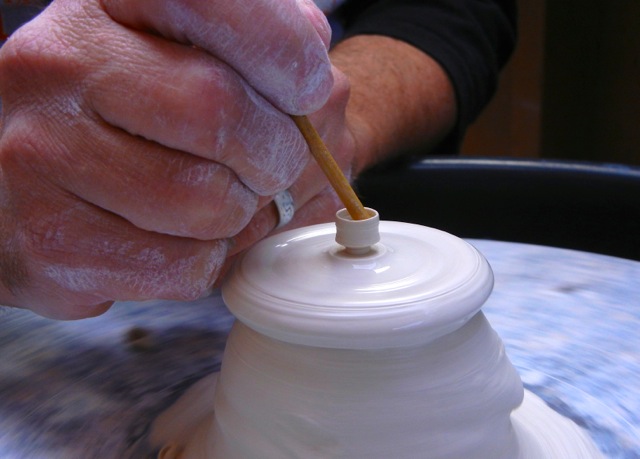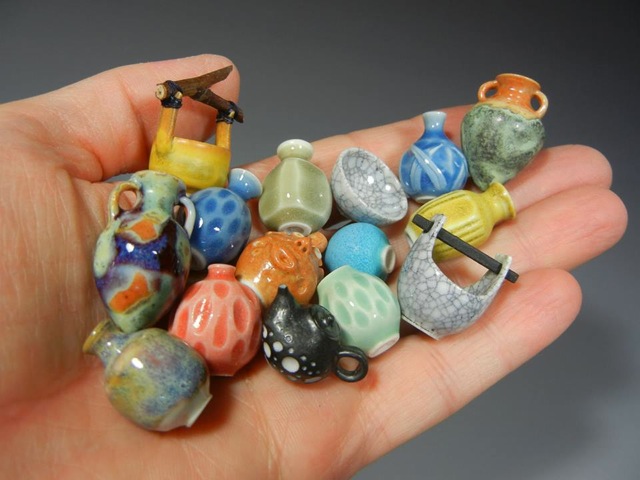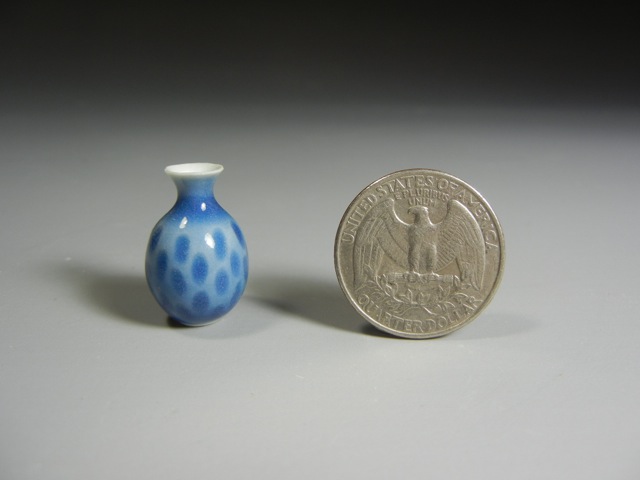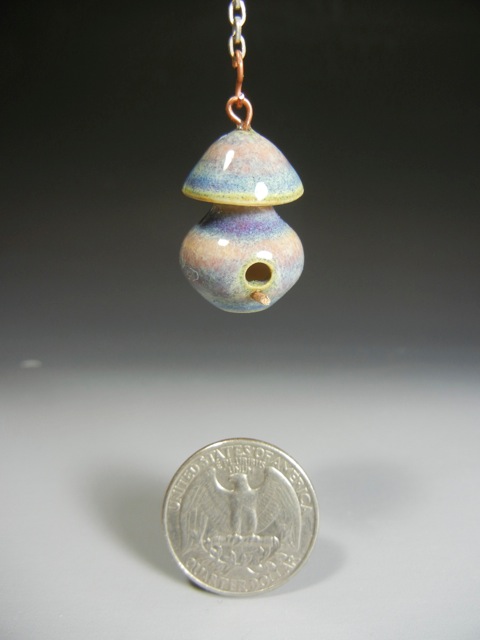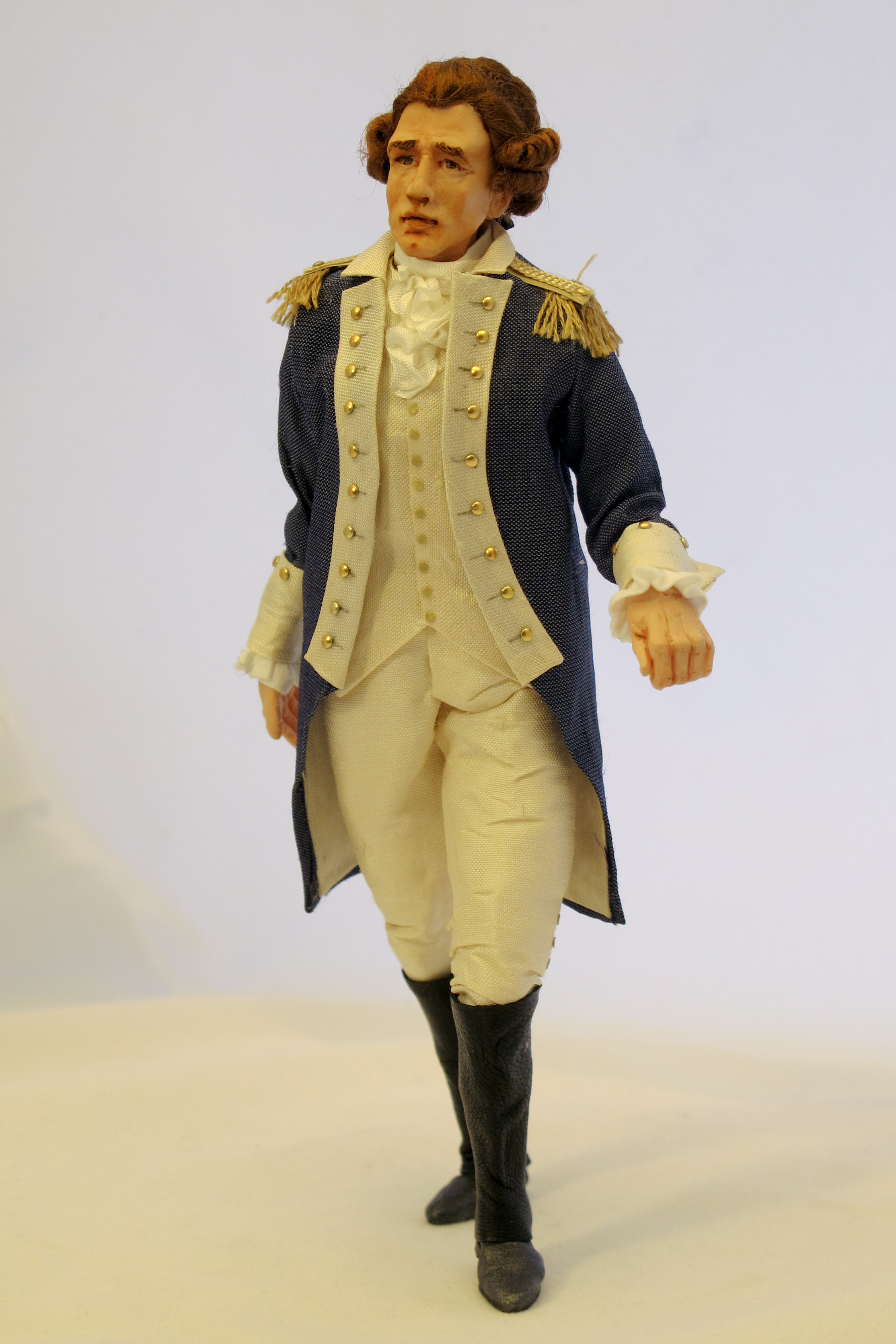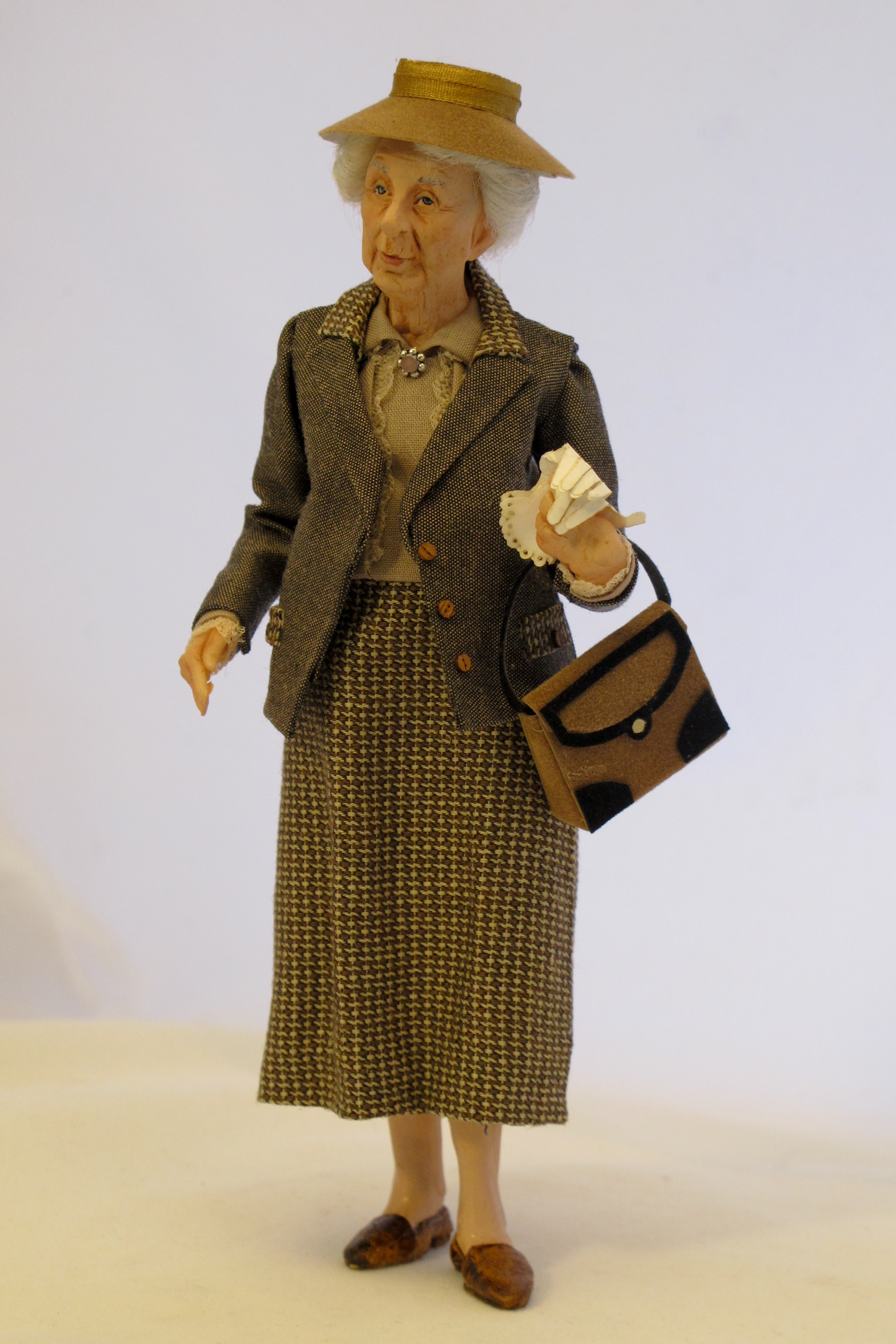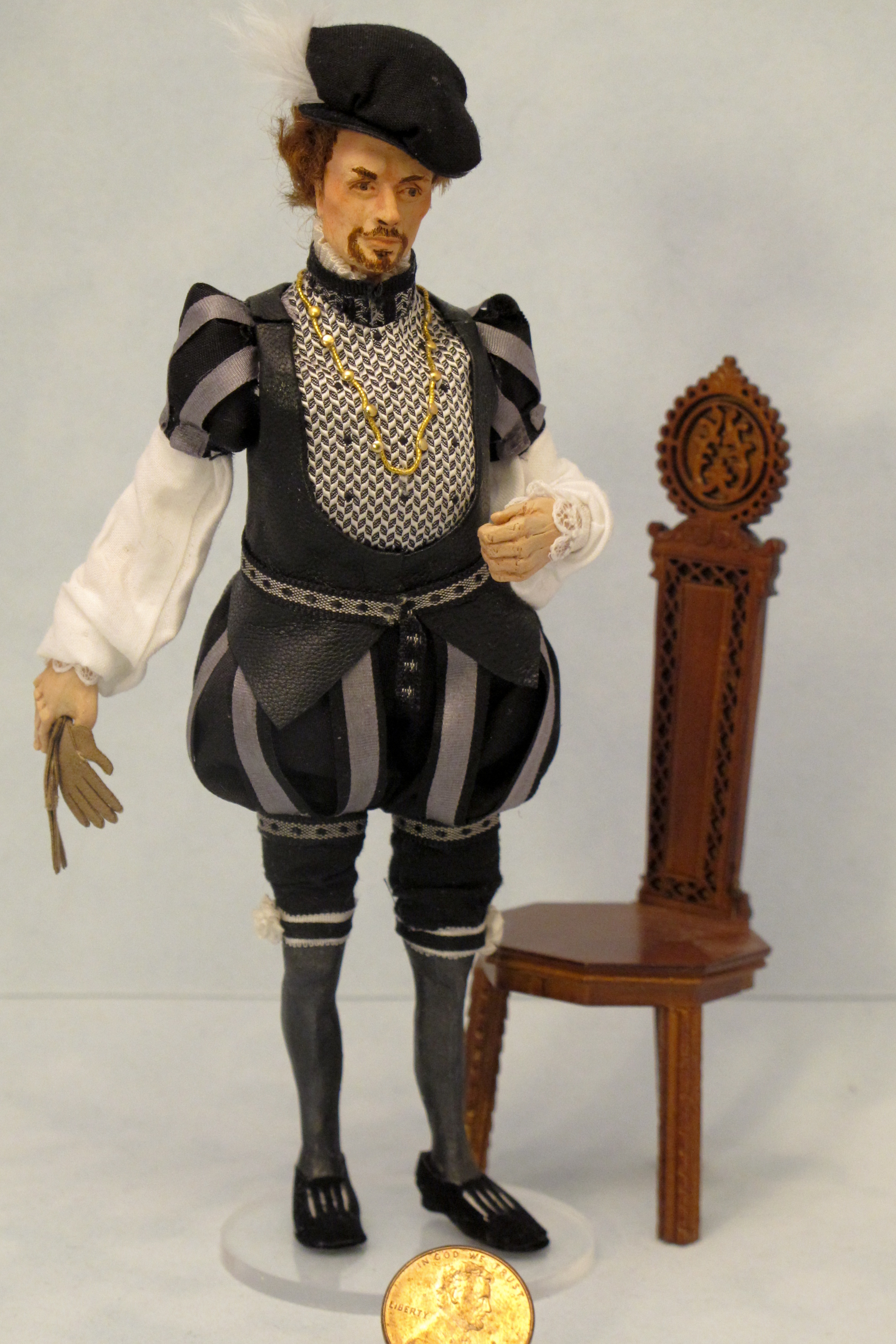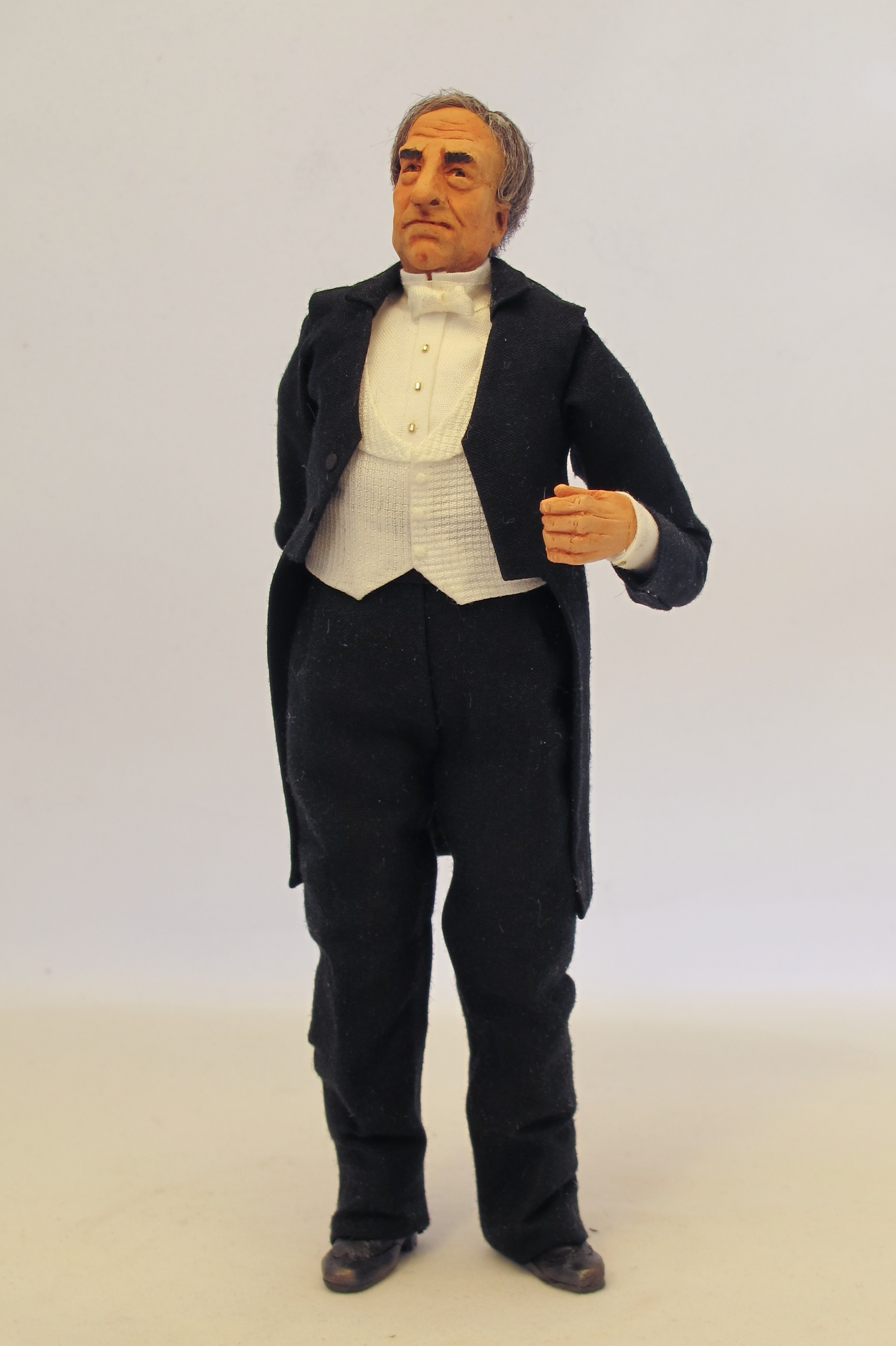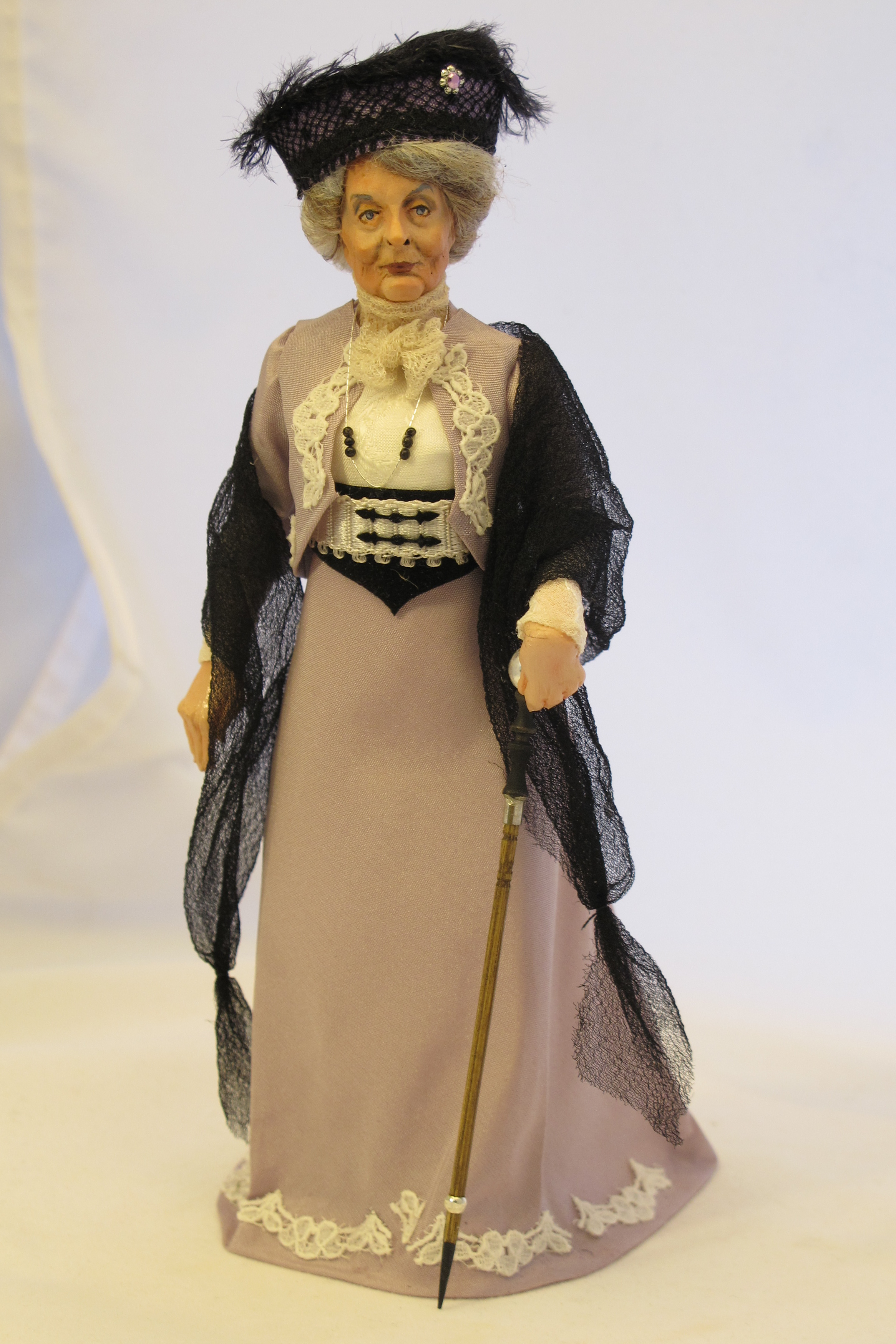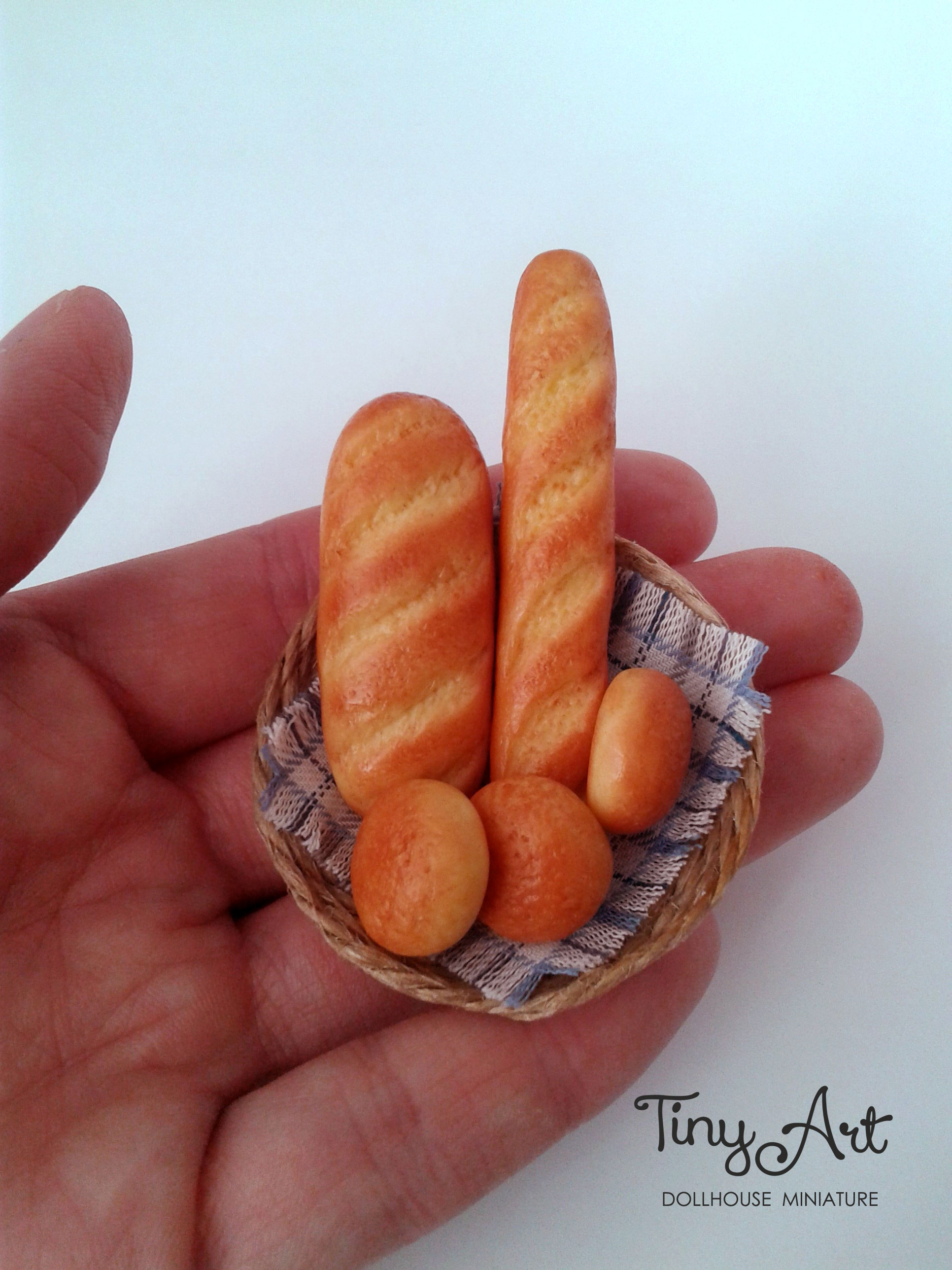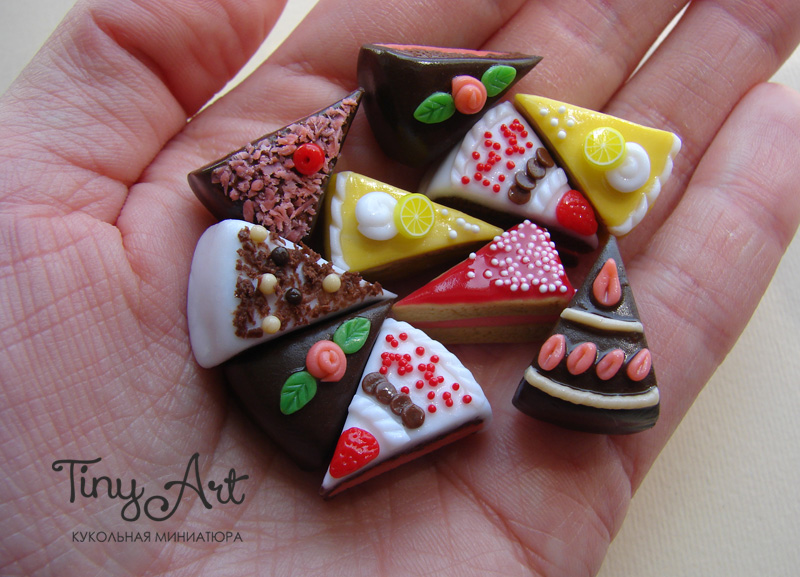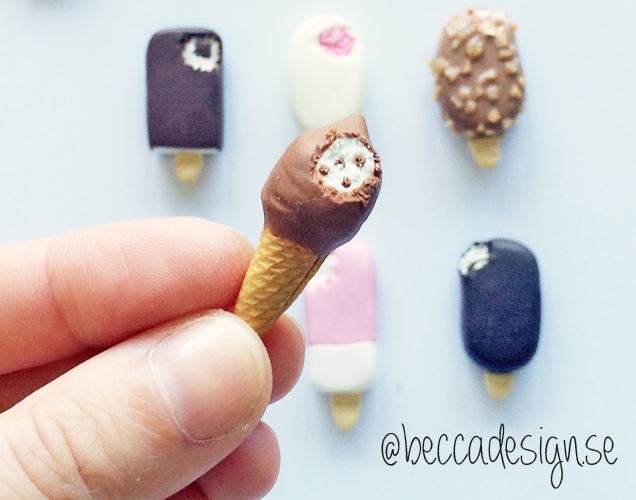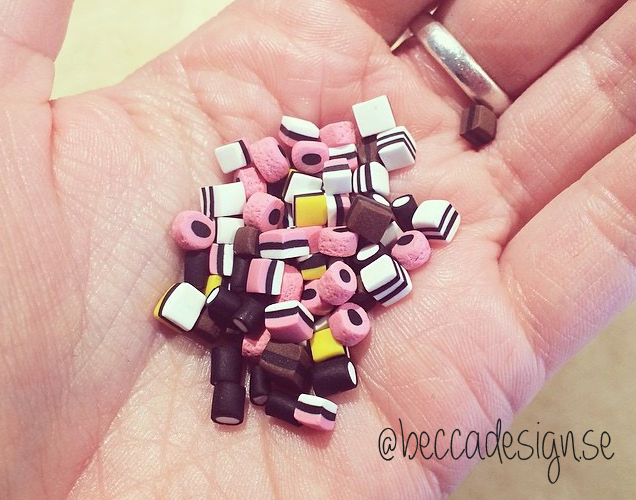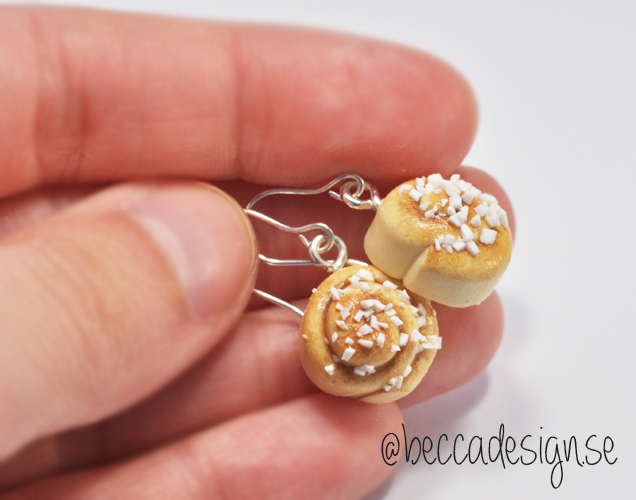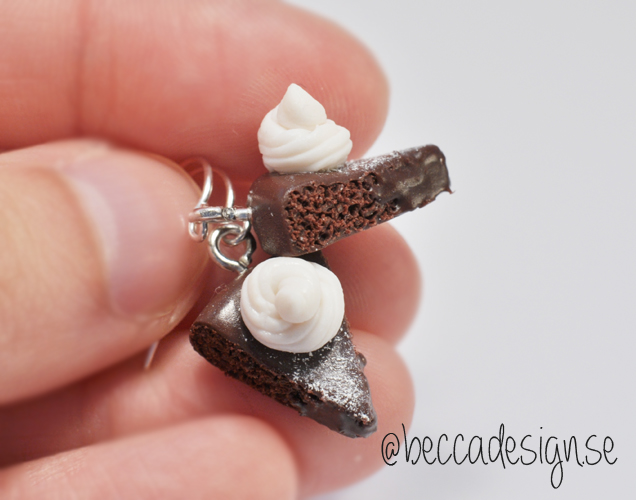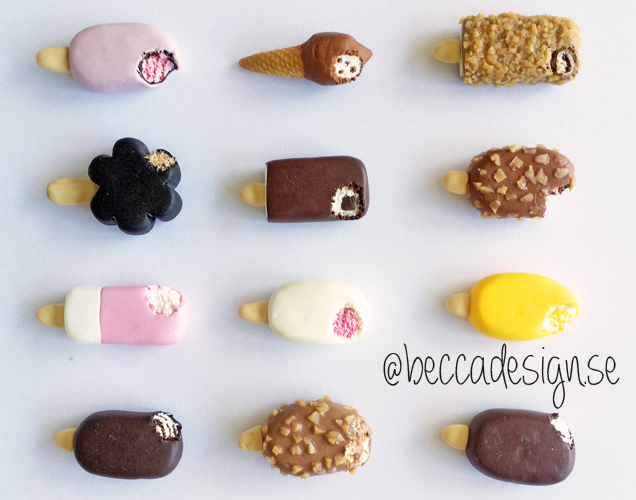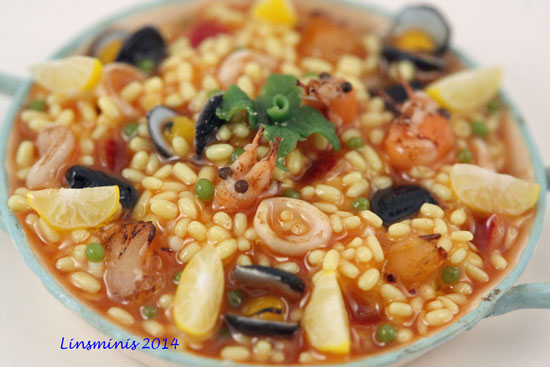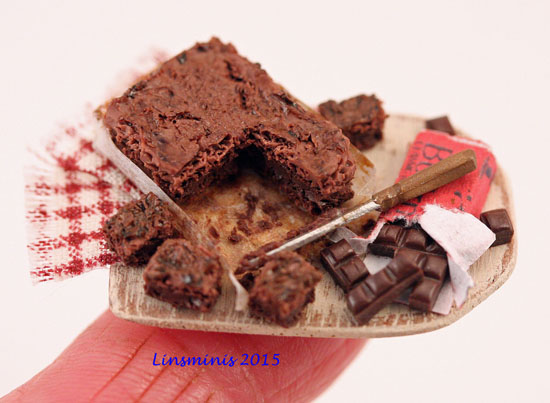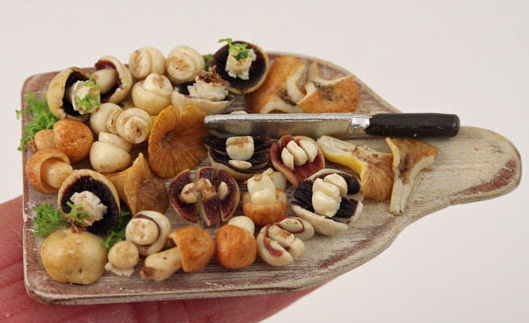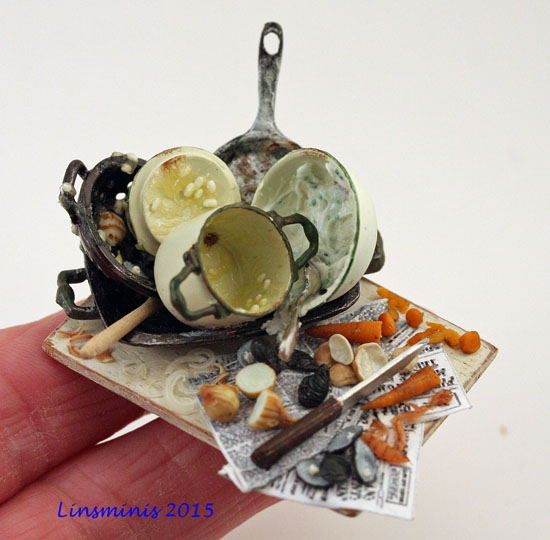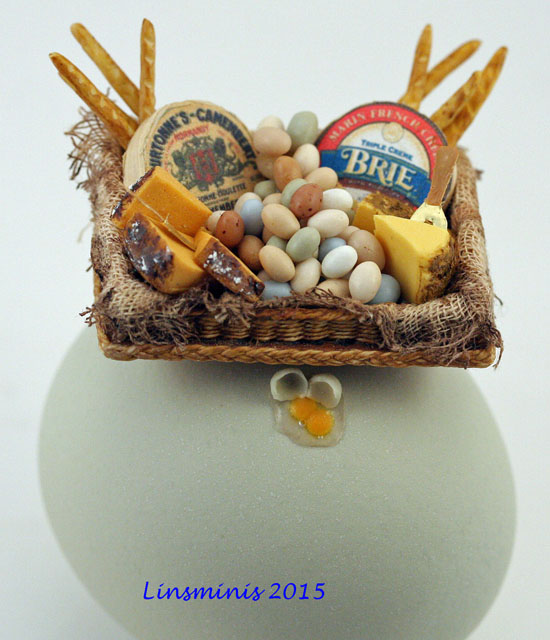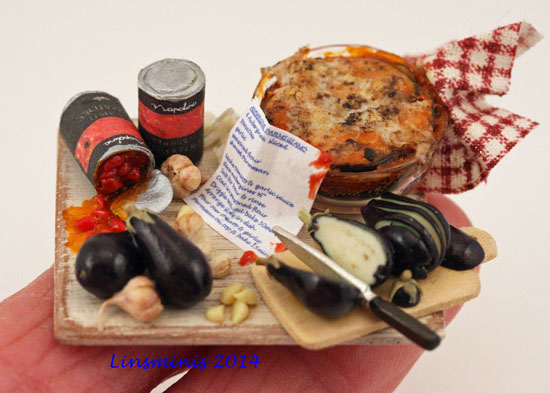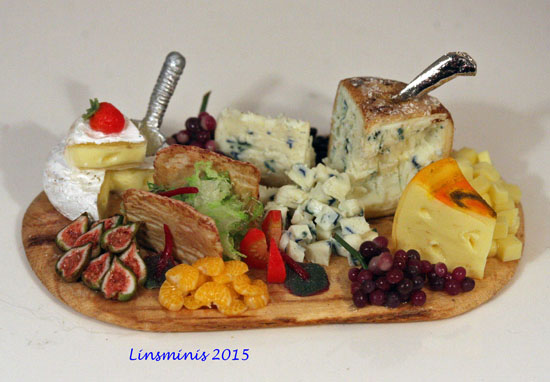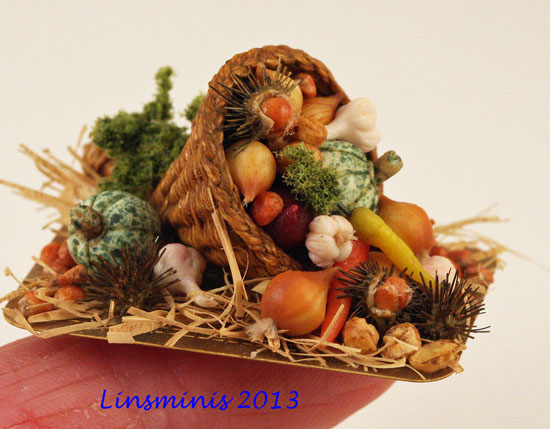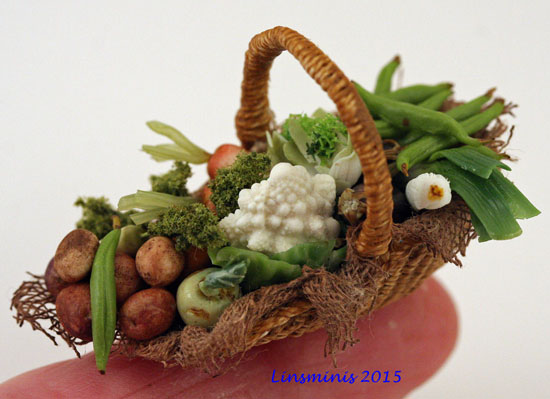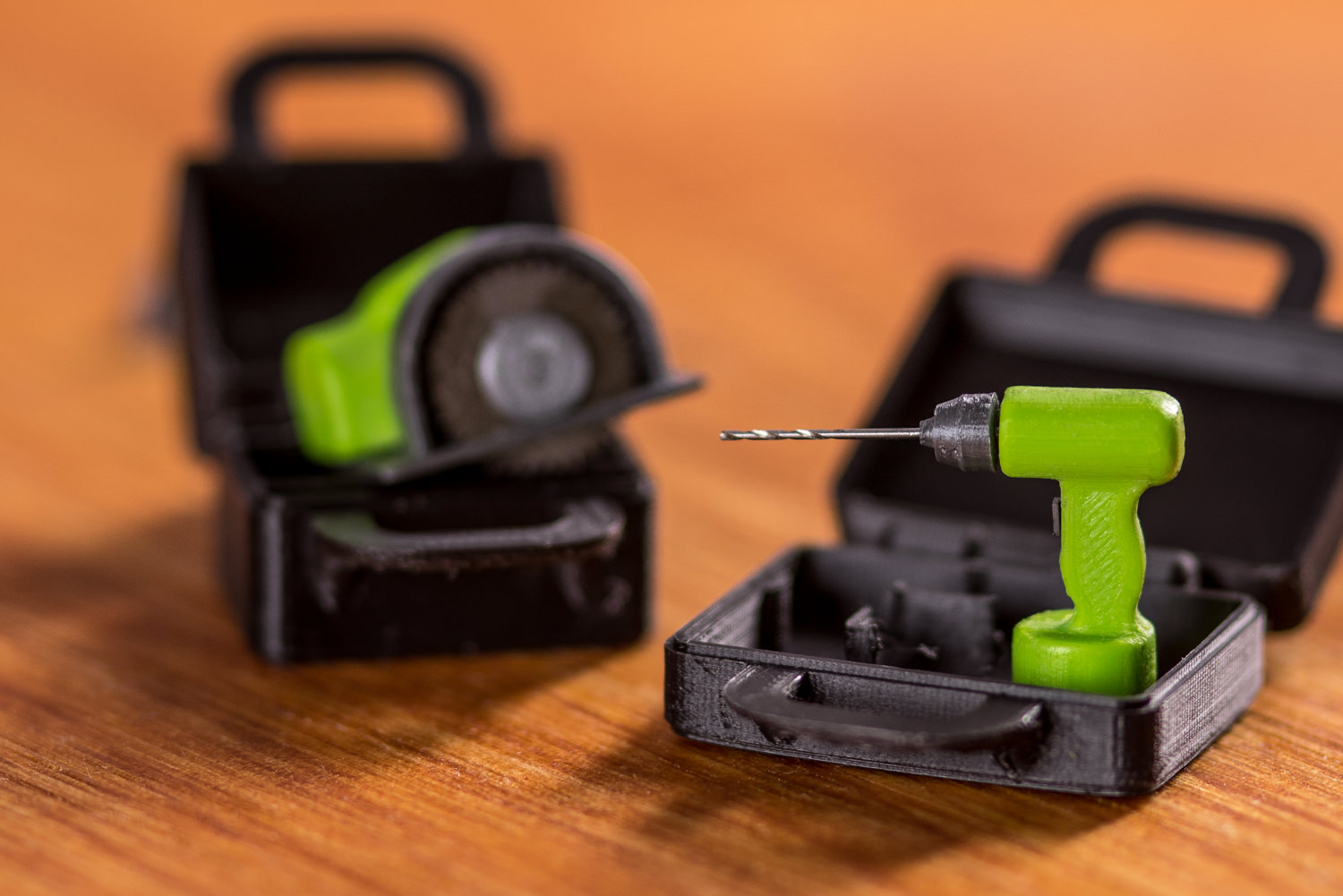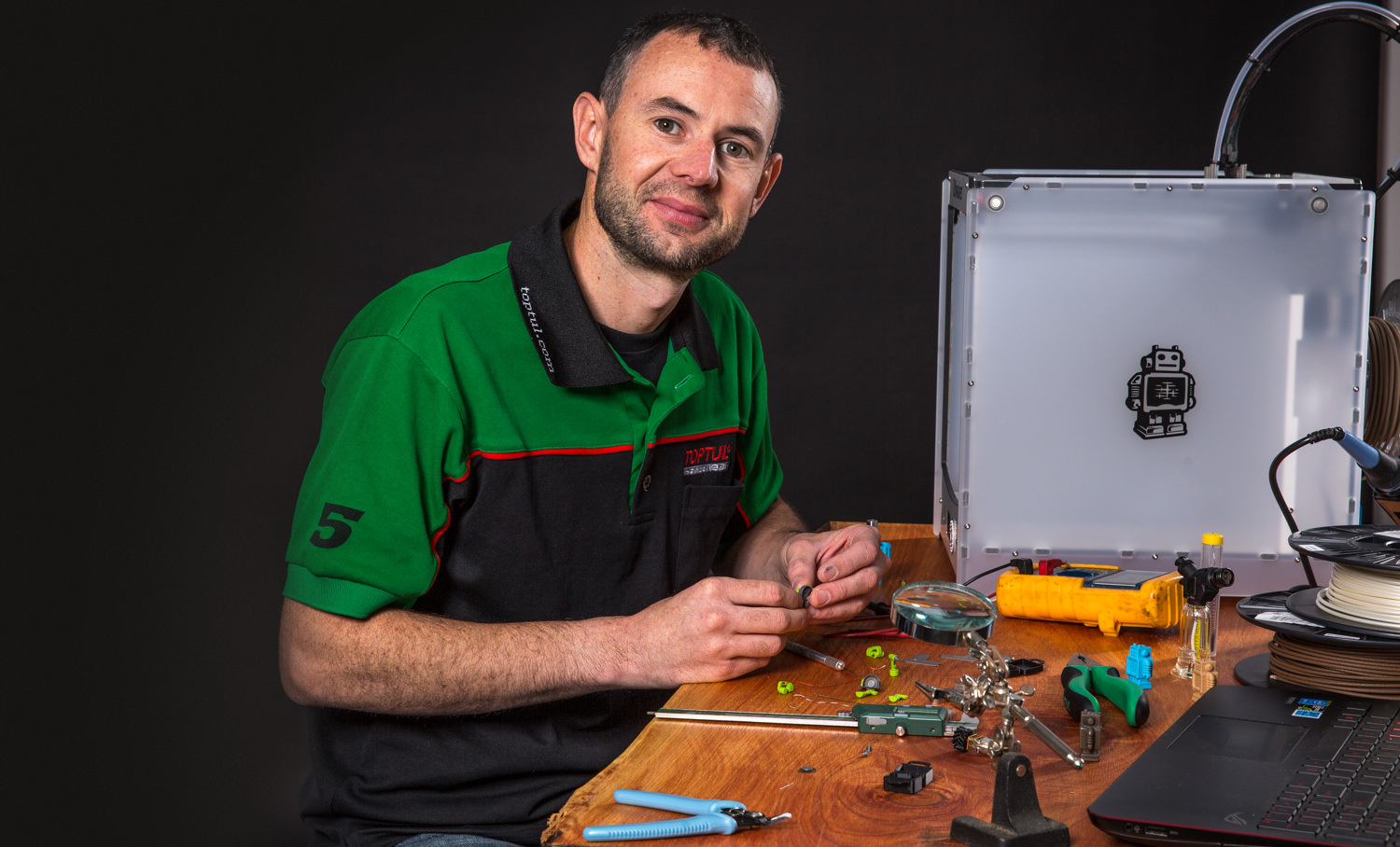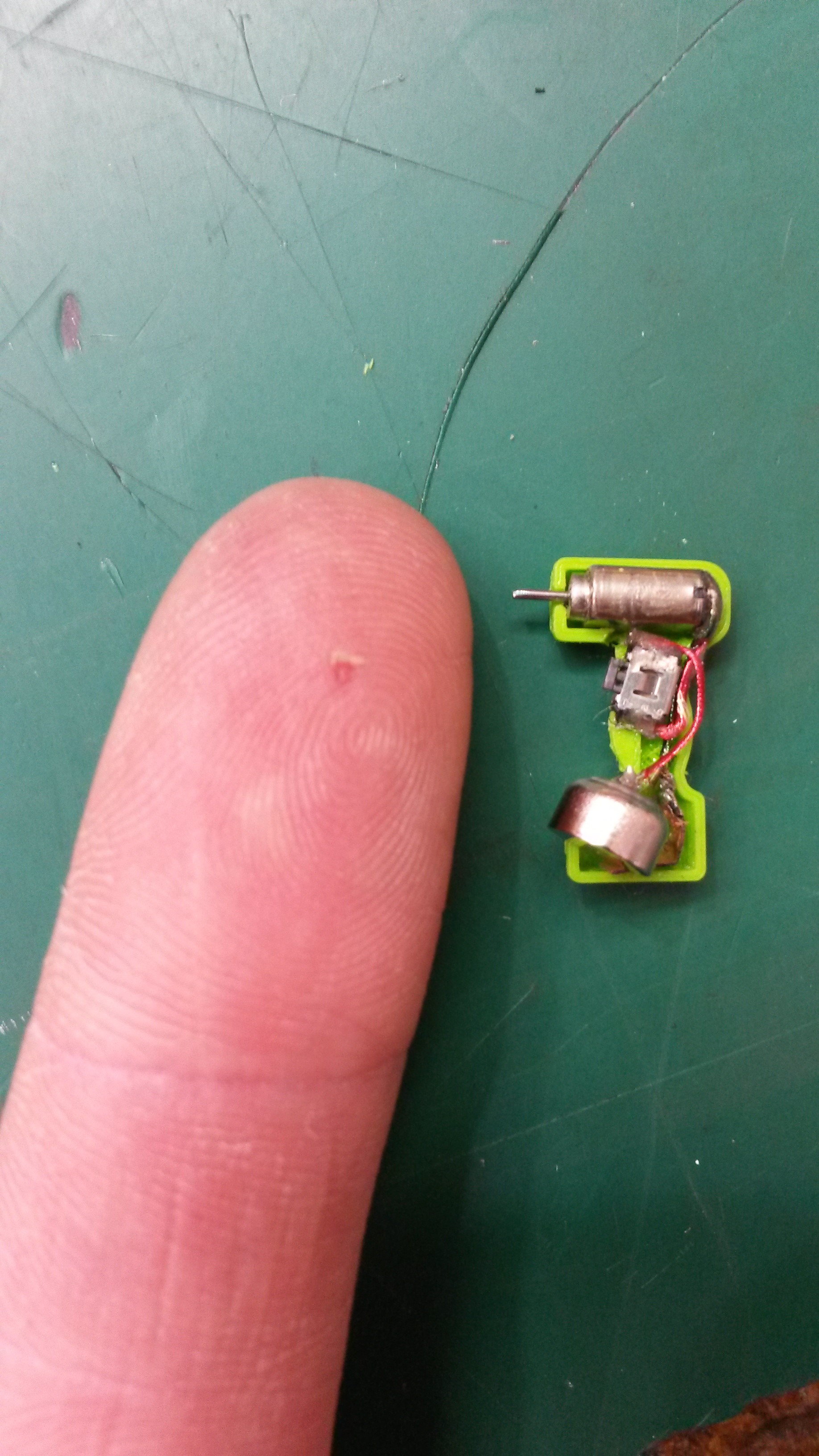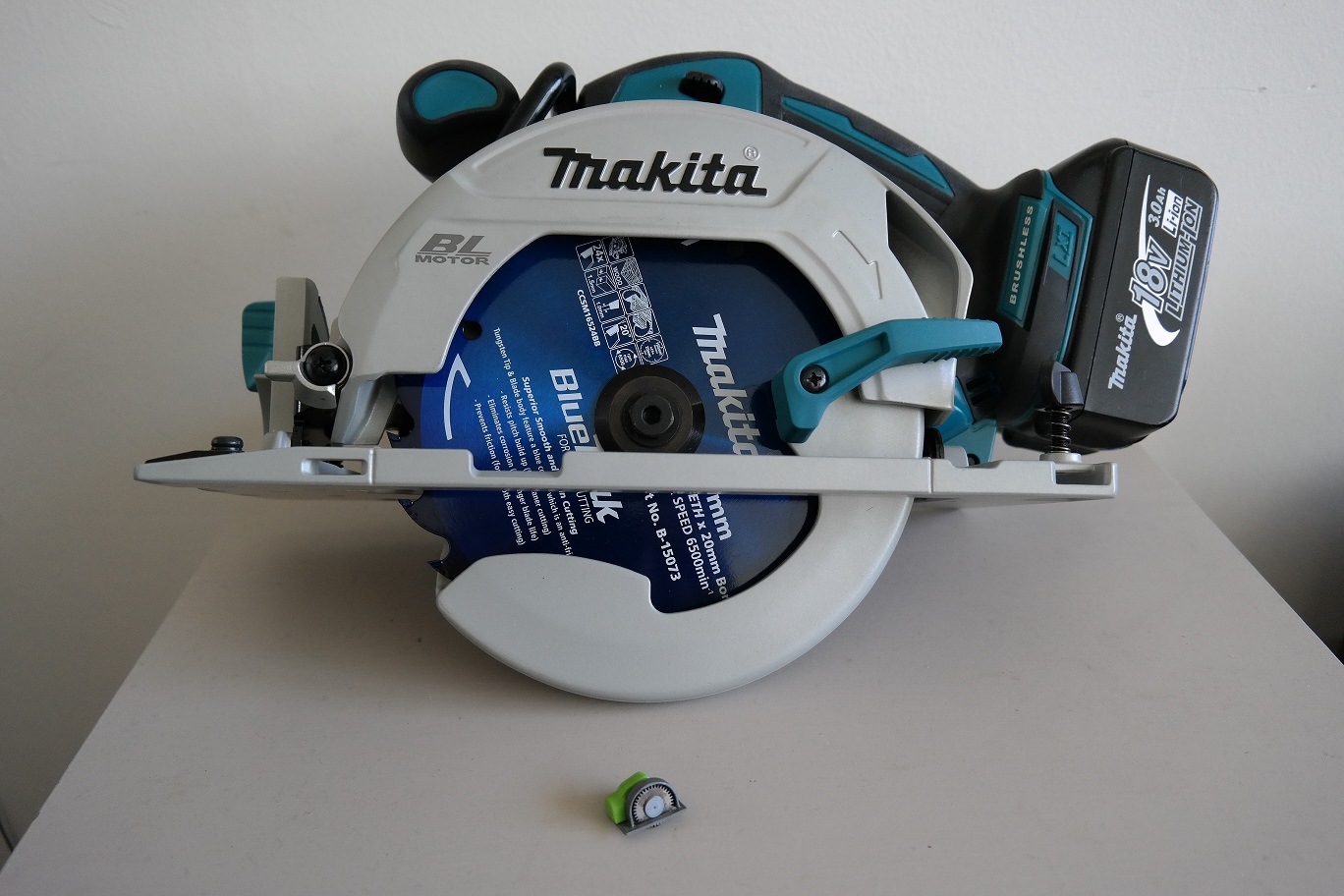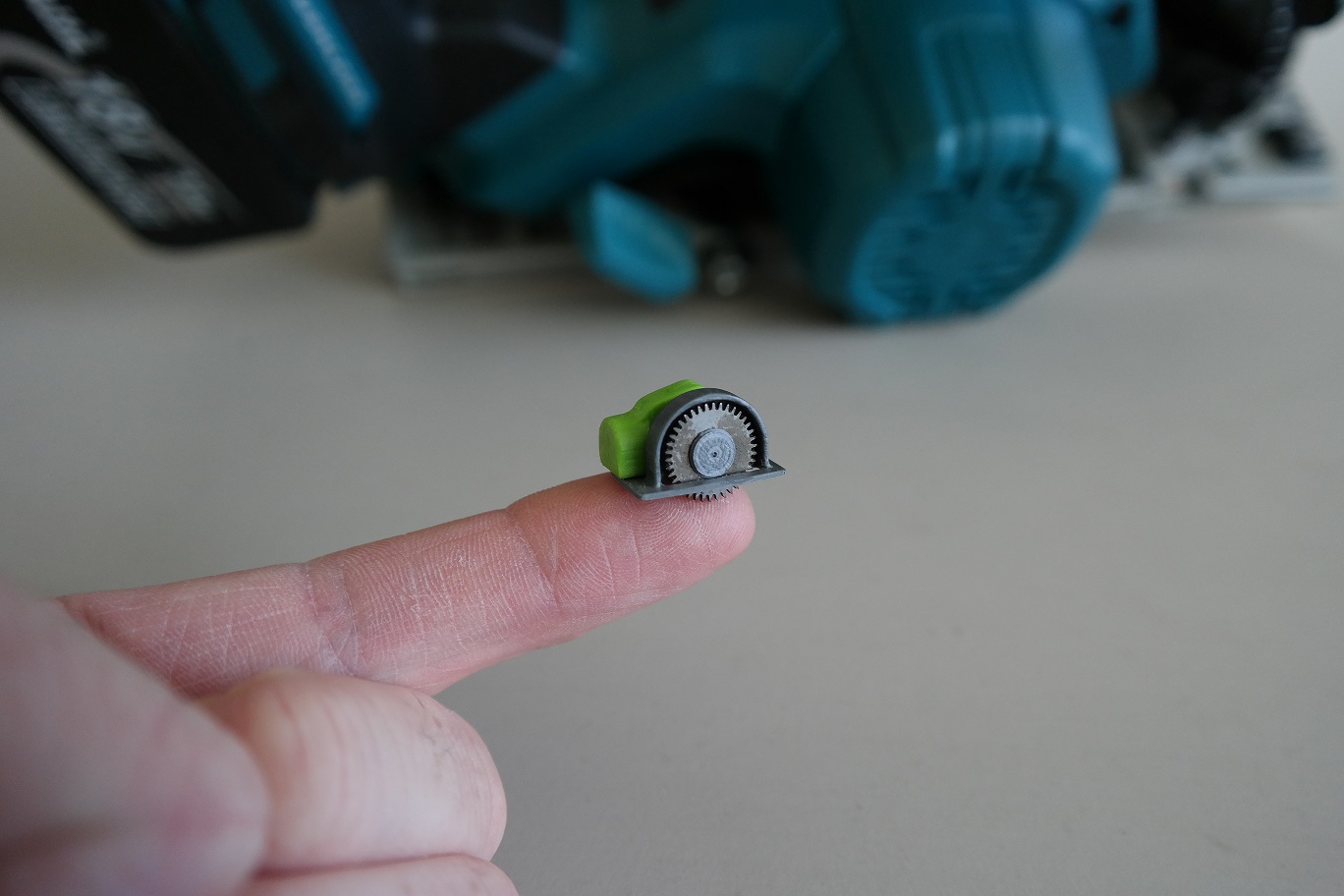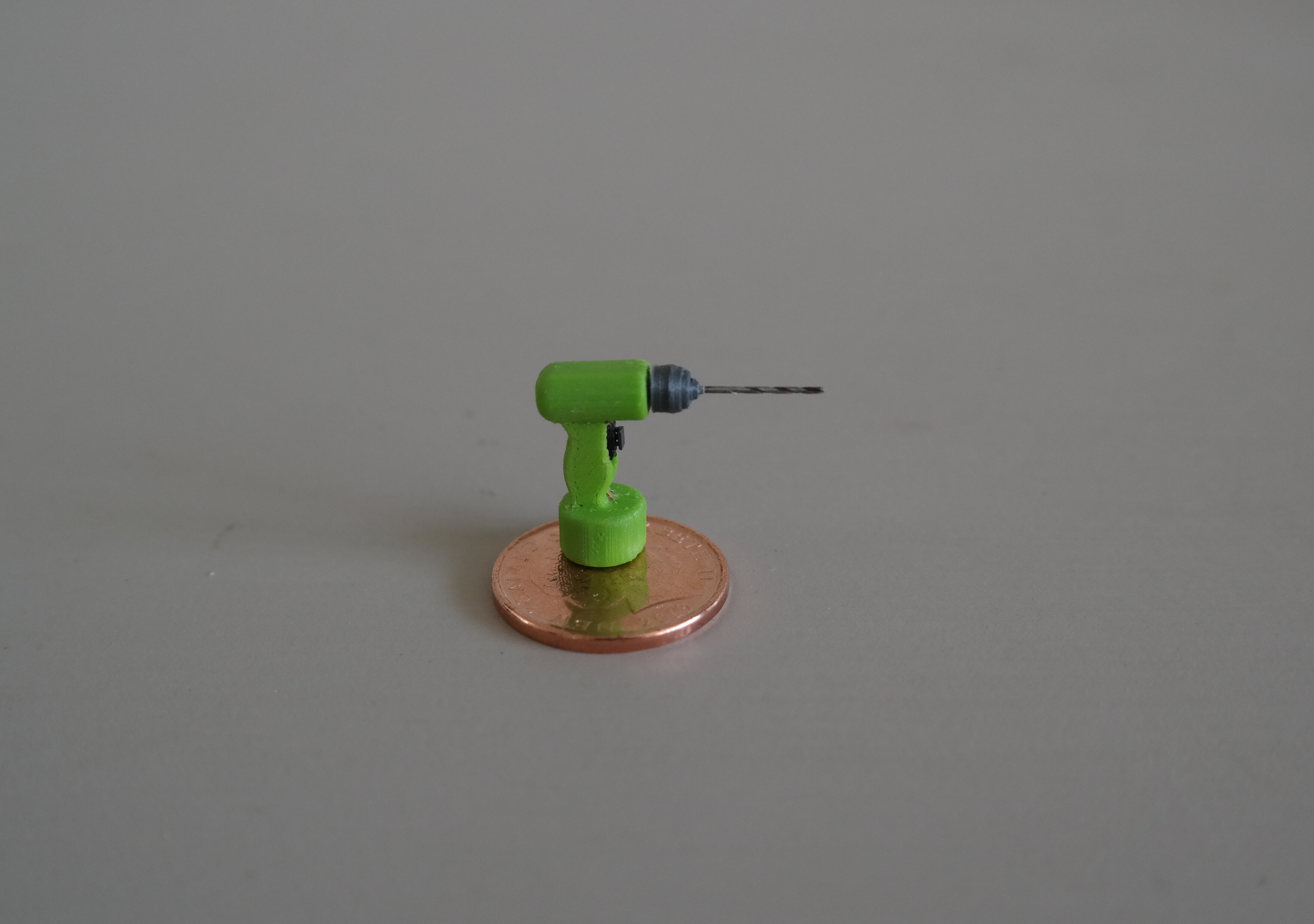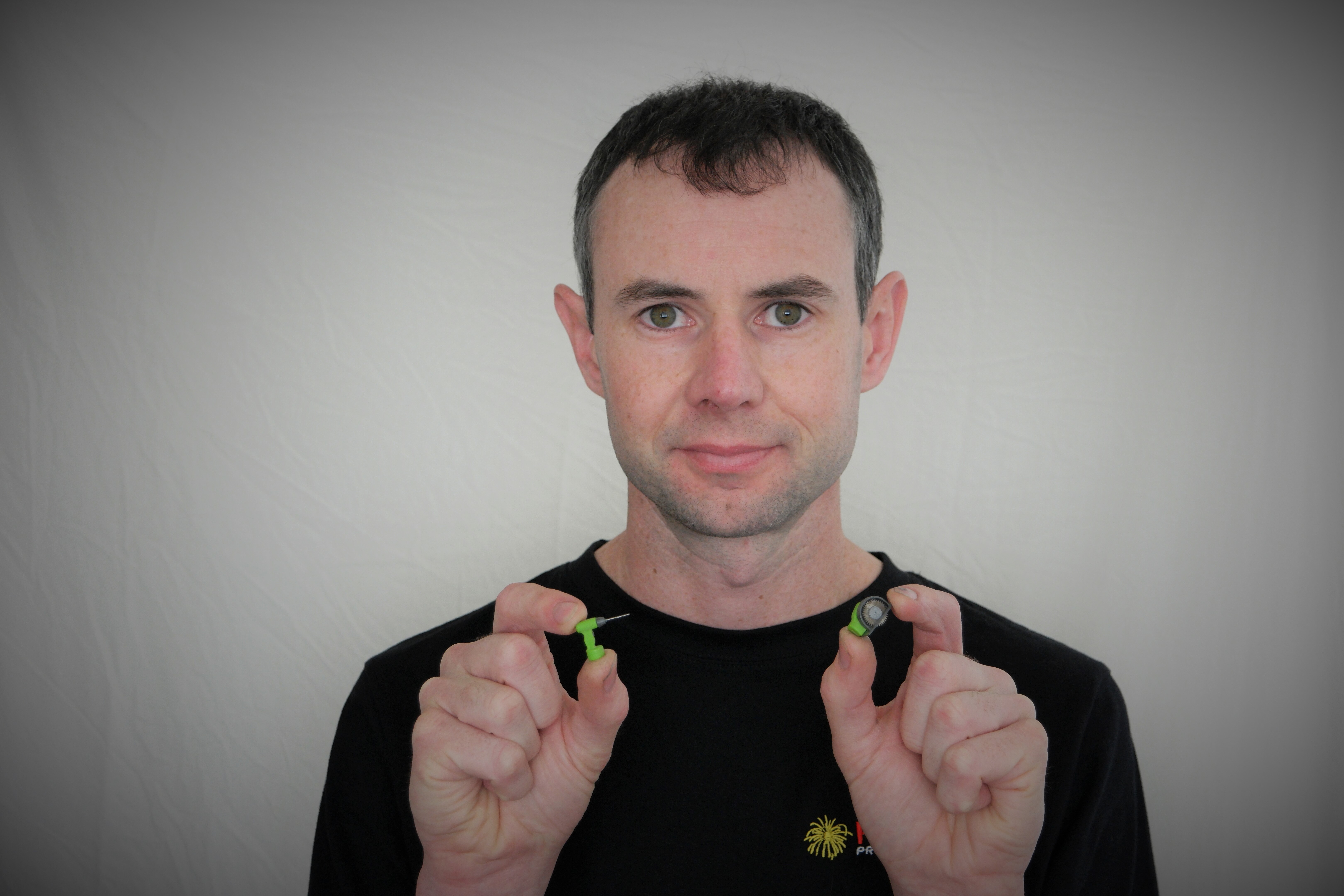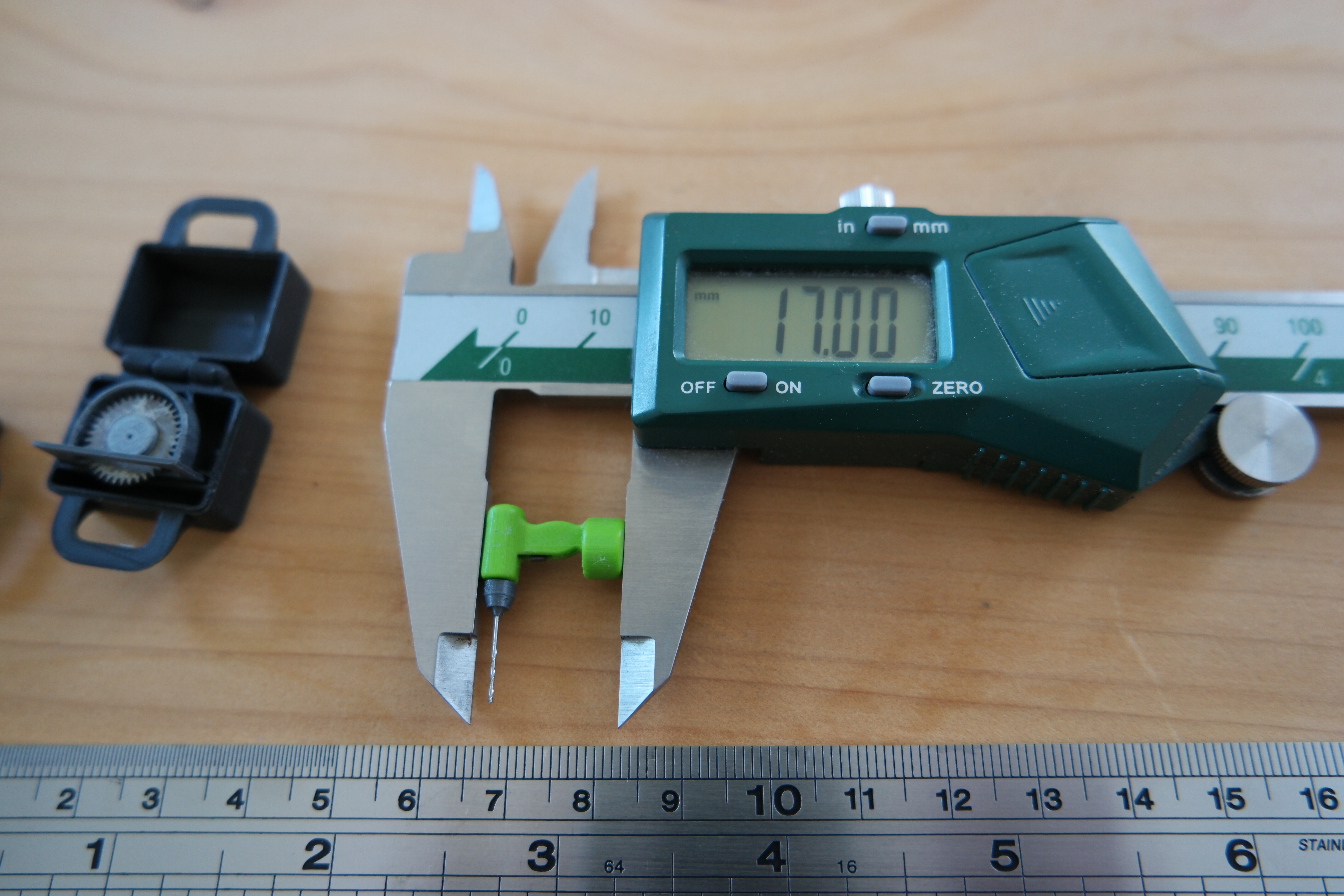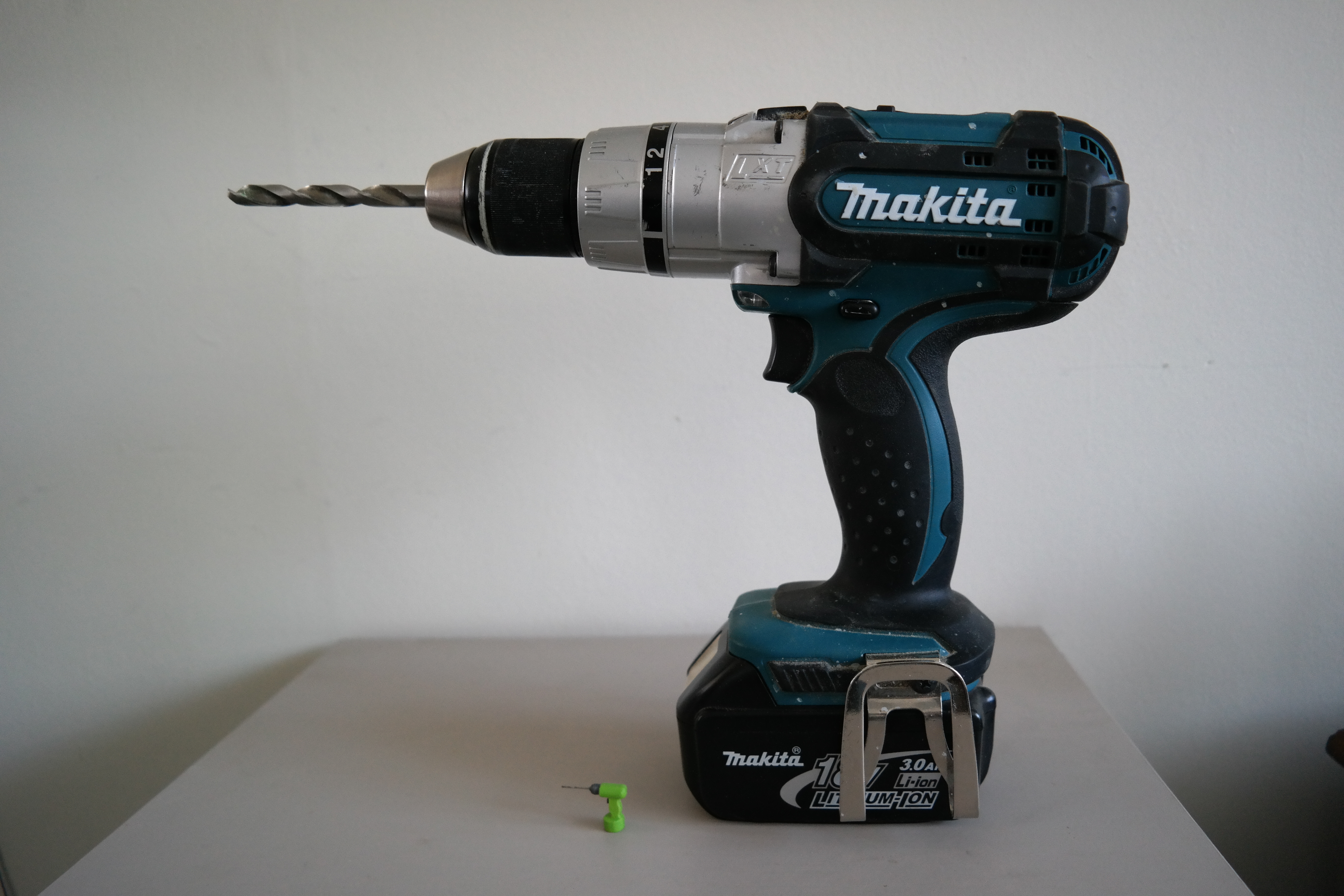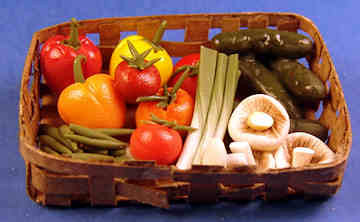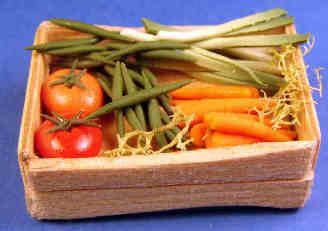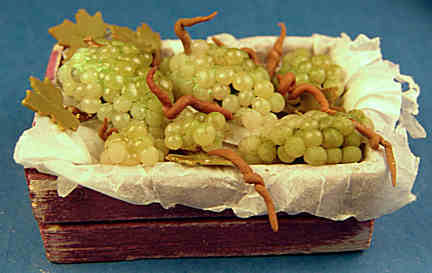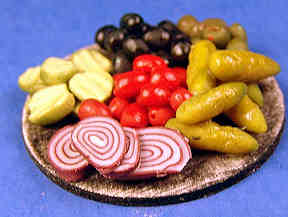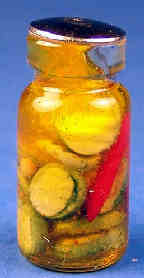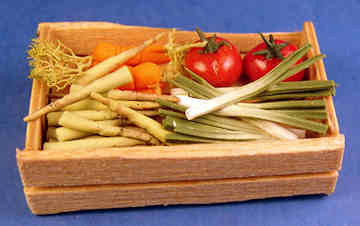Miniatures by Patricia Paul Studio
| Website | Blog | Facebook |
| Pinterest | Instagram | eBay |
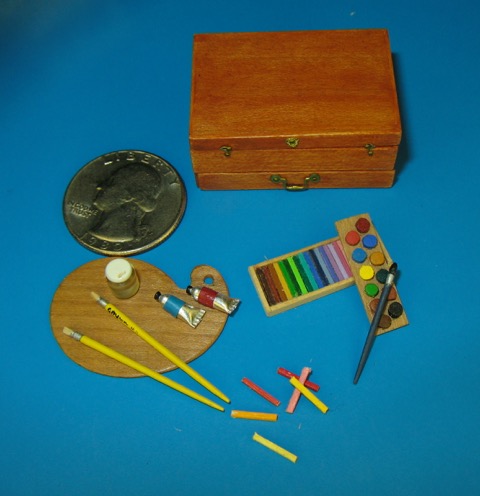 How did you first get started in miniatures?
How did you first get started in miniatures?
I always loved the tiniest things ever since I was very small. I had a dollhouse and loved Barbie for all the wonderful accessories she had. Then as an adult I discovered a catalog devoted to miniatures and these were obviously nothing a child would play with. So it was evident that here was something serious going on, as far as creating these diminutive things, I wasn’t the only one enthralled with them, and I could acquire a wide variety of these artisan-made collectibles.
How has your work evolved?
I have been making miniatures for over 35 years now. I started making polymer clay vegetables. I put together some House of Miniatures kits and that taught me how furniture goes together and I made some of my own and some copies of antiques. I started making Noah’s arks and other toys and folk art. That was very popular years ago. I also started reproducing paintings in miniature from the masters, since I had an art background and knew painting basics. I have done some room boxes too. A haunted house. That’s where the spooky stuff came from. And now I am learning to sculpt and fur animals. I really can’t settle on any one thing.
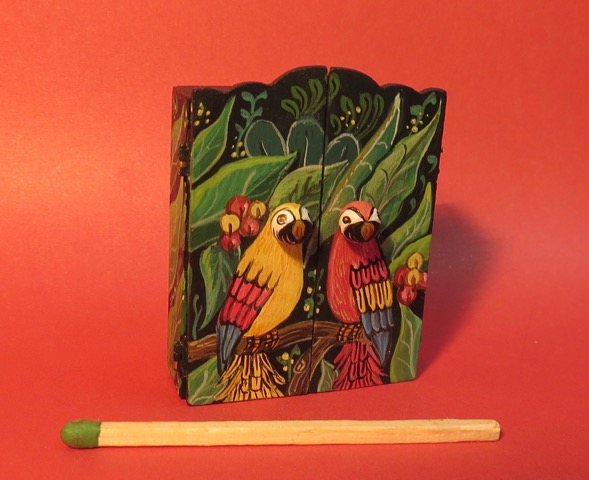 What materials do you use to make your miniatures?
What materials do you use to make your miniatures?
I am for sure a multi-media artist. I use all manner of supplies, wood, paint, polymer clay, fabric, and more.
Advice for beginner artists?
Pay attention to scale. Have a good look at top quality miniatures. You might not be there yet, but you can get there. And no bright colors. Tone them down for miniatures, otherwise they scream and don’t look real in the end.
Tool you can’t live without?
Probably a surgeon’s scalpel with a #11 blade. But I recently acquired a dentist’s drill and that’s a pretty cool tool with lots of possibilities for finishing and carving.
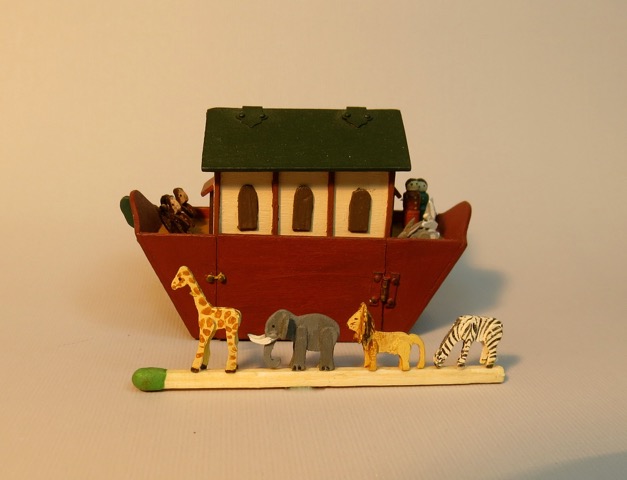 Non-mini artists, designers, books you look to for inspiration?
Non-mini artists, designers, books you look to for inspiration?
I have a collection of decorator books that are fun for inspiration. Not necessarily for anything I might reproduce but more for getting the creative juices flowing. And Pinterest is magical for sparking ideas. Anything full size can be pulled off in miniature. I think that is half the wonder of miniatures. Seeing something you are familiar with in a size a fairy might need.
What is the most memorable miniature you have ever seen by another artist?
Oh, gosh! There are so many exceptional miniatures that I have seen over years of collecting. But probably the one who sticks out foremost would have to be Frank Matter, who passed away in the 70’s (I have been meaning to blog about him for some time now). I read an article about him years ago in which was described some items he made. One in particular was a fountain pen. Most people are probably not even aware that those pens had to be filled from an ink well and the ink went into a rubber bladder. They are pretty much antiques now. (They are even before my time.) Anyway, Frank had made an exact copy in miniature with the rubber bladder. That actually worked. I managed to get a few pieces of his work and I don’t think anyone comes up to the perfection he was able to create.
Why miniatures? What appeals to you most about what you do?
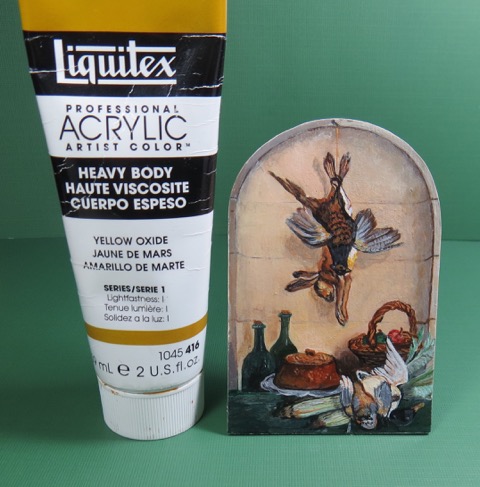 As I mentioned, tiny things have always fascinated me. And they certainly don’t take up much space. But in truth, they are like any piece of art anyone might make. You can paint, sculpt, fabricate, carve, solder, print, and more. You can copy full size pieces, reproduce growing things, people and animals and you can also come up with any flight of fancy that crosses your mind. I get to do all of those things and that makes for some serious fun. For me, anyway. Plus, miniatures are a lot easier to sell than full size art and you get a lot of happy customers and you feel like you are making the world happy without having to suffer trying to get into a gallery.
As I mentioned, tiny things have always fascinated me. And they certainly don’t take up much space. But in truth, they are like any piece of art anyone might make. You can paint, sculpt, fabricate, carve, solder, print, and more. You can copy full size pieces, reproduce growing things, people and animals and you can also come up with any flight of fancy that crosses your mind. I get to do all of those things and that makes for some serious fun. For me, anyway. Plus, miniatures are a lot easier to sell than full size art and you get a lot of happy customers and you feel like you are making the world happy without having to suffer trying to get into a gallery.
Upcoming shows or projects planned? What’s to come from Patricia Paul?
I don’t have any shows planned in the near future. So much easier to work in PJ’s and then sell stuff in PJ’s. But I will probably do the International Guild of Miniature Artisans Guild Show again at some point. Halloween is coming and I love adding items to my Haunted Housewares line of miniatures. Not really a line since everything is one of a kind, but I do enjoy haunting stuff. And Halloween is almost here.
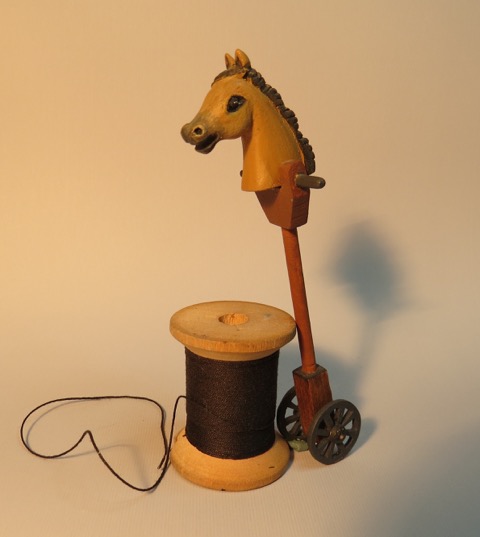 Other activities you enjoy?
Other activities you enjoy?
I think miniatures have made me kind of one dimensional. I love museums, history — only because of my interest in costumes and decorative arts, and travel to places where I can see those things. I love military museums. Not for battle strategy and the impact of wars, but rather the fabulous uniforms of the past. My kids are grown now, (but still here eating the food and using the laundry room). I have three dogs to dote on and they are all spoiled.
What do you want miniature fans to know about you?
I have a newsletter that goes out very infrequently and would love to have The Daily Miniature readers subscribe. Right now they will get a free book-making tutorial and I have plans to keep adding freebies that will go out to any new subscriber and the entire list. Just go to my website and plug in your email.
I am very interested in Internet marketing as well and am working on a course for miniaturists to use the Internet to market their business pretty much for free. I hate the meme “artists starve.” Miniatures have always been popular through the ages and I believe, thanks to the Internet, a lot of interest is being generated in a lot of young people. I want miniature artisans to be able to reach them even if they are not Internet savvy. So, hopefully, coming soon.
Oh, and I always have something interesting on eBay.
Patricia Paul is based in New York. Love her miniature creations? Stay current on her latest work by visiting the Patricia Paul Studio website and blog. Plus, you can follow along on Facebook, Instagram, Pinterest and eBay!
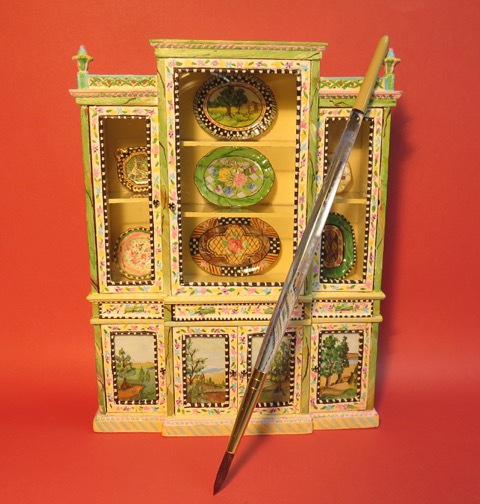
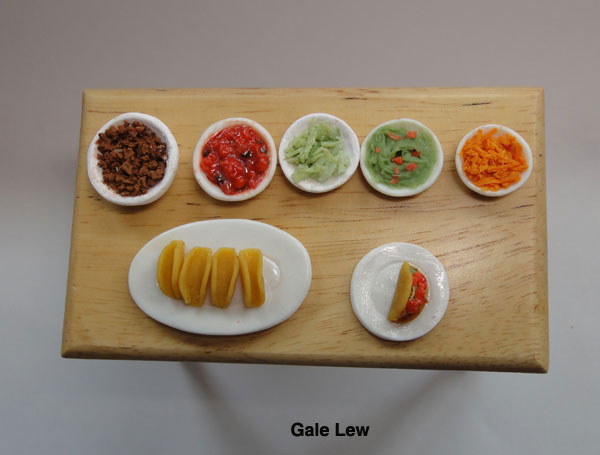 How did you first get started in miniatures?
How did you first get started in miniatures? 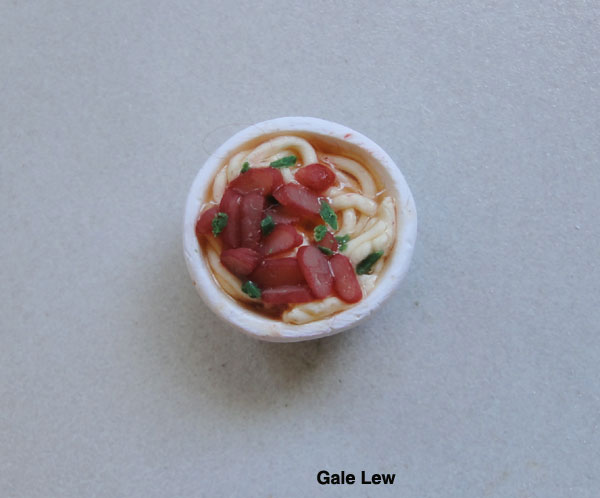 It was fascinating to see how realistic things could look done on a miniature scale. I decided to focus on miniature food after having made some for my nephew after seeing him play with pots and pans and making cooking noises. It was fun figuring out how to make certain things using clay sculpting techniques I’ve learned. Anything that I could not figure out, I turned to online tutorials. Soon, I began to also offer dollhouse miniatures in my Etsy shop. At first it was just 1:12 scale items, but since a couple of years ago, I began to offer some playscale items after someone made a request .
It was fascinating to see how realistic things could look done on a miniature scale. I decided to focus on miniature food after having made some for my nephew after seeing him play with pots and pans and making cooking noises. It was fun figuring out how to make certain things using clay sculpting techniques I’ve learned. Anything that I could not figure out, I turned to online tutorials. Soon, I began to also offer dollhouse miniatures in my Etsy shop. At first it was just 1:12 scale items, but since a couple of years ago, I began to offer some playscale items after someone made a request .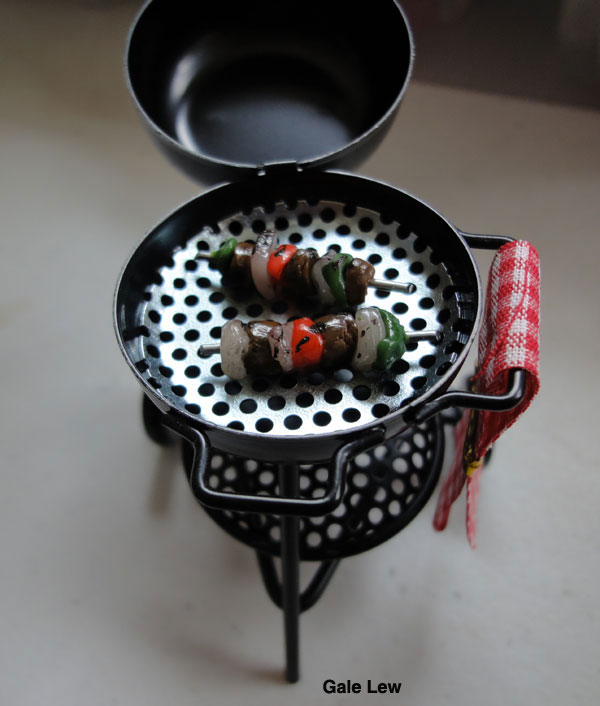 Advice for beginner miniaturists?
Advice for beginner miniaturists?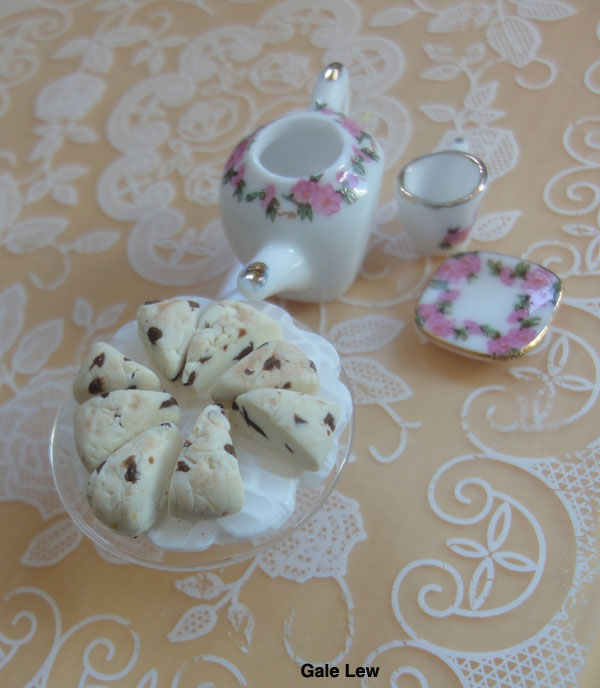 I used to get angry at the mess she and her brother Ethan would make whenever they came to work at my table, but when I saw what they made, I changed my mind and saw how precious their creations were. I bake them and store them in a container after they go home.
I used to get angry at the mess she and her brother Ethan would make whenever they came to work at my table, but when I saw what they made, I changed my mind and saw how precious their creations were. I bake them and store them in a container after they go home.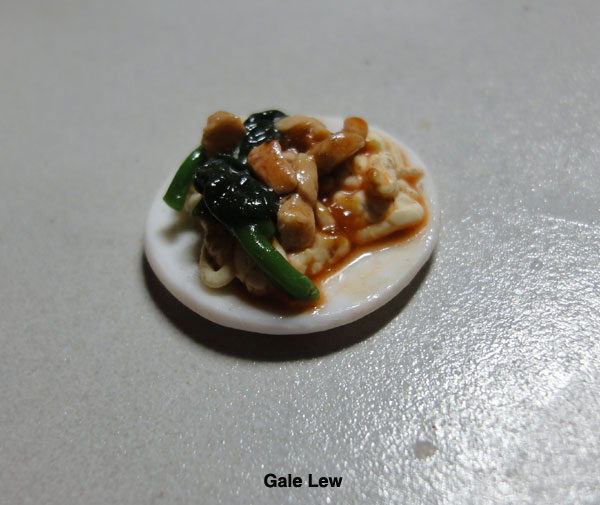 Anything else you would like to add?
Anything else you would like to add? 